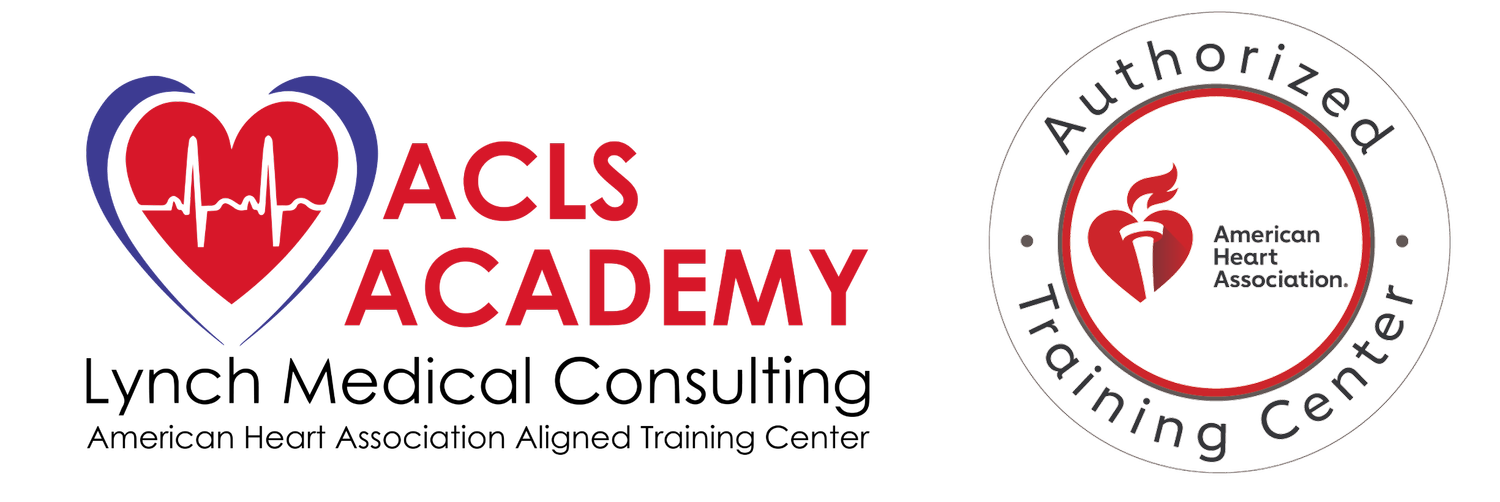World Heart Day is a reminder to everyone around the world to take care of their hearts. This year’s campaign focuses on the essential step of knowing our hearts first.
BECAUSE WE LOVE AND PROTECT ONLY WHAT WE KNOW.
In a world where knowledge about heart health is limited, and policies are insufficient or lacking, the World Heart Federation aims to shatter barriers and empower individuals to take control of their well-being.
BECAUSE WHEN WE KNOW MORE, WE CAN TAKE BETTER CARE.
World Heart Day was established by the World Heart Federation (WHF) and was first observed on September 29, 2000. It is an annual global, multi-lingual celebration. Spanning six continents, hundreds of World Heart Federation (WHF) member organizations, countless schools, universities, sports clubs, and the vibrant cardiology community make World Heart Day (WHD) a truly global celebration. The annual event raises awareness about cardiovascular diseases (CVD), promotes heart health, and encourages individuals and communities to take action to prevent and control heart-related issues. Since over 17 million people die from heart disease yearly, World Heart Day is particularly relevant for people at risk of heart disease or those with a history of heart-related issues in their families. However, since heart health is a concern for everyone, it’s a day that anyone ca participate in and benefit from.
WORLD HEART DAY CHALLENGE
You can participate in the WHF’s World Heart Day Challenge by walking, running, or biking a heart shape in your city. Here is how:
1. Plan out a route to create your best heart-shaped route where you are.
2. You choose how you want to execute the shape - Whether you prefer to walk, run, or cycle, complete your heart shape, it’s up to you.
3. Then, upload your route with a photo and details to add to our challenge wall.
Share your route on social media using the hashtag #WorldHeartDay to inspire others to create their own or try your route.
OTHER WAYS TO ENGAGE
1. Tune into WHF’s World Heart Day heart-themed Spotify playlist to motivate you to move in with your favorite exercise activity.
2. Take a Heartsaver CPR course at ACLS Academy. CPR is a life skill everyone should learn and can learn. The American Heart Association’s Heartsaver courses are designed for non-medical professionals and are as easy as completing an online course followed by a 1–2-hour hands-on skills session. Though no one wants to encounter a situation that requires CPR, it’s comforting to know you are equipped with the skills should the situation arise.
3. Make a Heart Healthy change like eating better, getting more active, saying no to tobacco, managing your stress, diabetes, and cholesterol, and getting enough sleep.
4. Take the WHF’s Heart Personality Quiz
5. Visit the World Heart Foundation and follow them on social media to learn how to get involved. Many resources, tips, and info will be shared up to 29 September.
WHF’s Remit: Reducing the Global Burden of CVD
The World Heart Federation (WHF) was founded in 1978 as a global non-governmental organization dedicated to leading the global fight against cardiovascular diseases (CVD) and promoting heart health. The WHF’s mission is to reduce the global burden of cardiovascular disease, which includes heart disease and stroke, and to ensure that people from all walks of life can enjoy heart-healthy lives.
World Heart Federation’s main goals include:
Awareness and Advocacy: The WHF works to raise awareness about the risk factors, prevention, and treatment of cardiovascular diseases. It advocates for policies and initiatives that support heart health at the global, regional, and national levels.
Research and Education: The organization promotes research and education related to cardiovascular diseases. It provides resources, tools, and information to healthcare professionals, policymakers, and the general public to improve understanding and management of heart-related issues.
Prevention and Control: The WHF focuses on preventing and controlling cardiovascular diseases by promoting healthy lifestyles, encouraging policy changes, and supporting programs that address risk factors such as tobacco use, unhealthy diets, physical inactivity, and high blood pressure.
Capacity Building: The WHF works to strengthen healthcare systems, particularly in low- and middle-income countries, by providing training, guidance, and support for healthcare professionals and organizations.
Collaboration: The organization fosters collaboration among governments, non-governmental organizations, healthcare providers, researchers, and other stakeholders to address the global burden of cardiovascular diseases collectively.
The World Heart Federation is supported globally by a wide range of individuals and organizations, such as:
Healthcare Professionals: Medical practitioners, researchers, nurses, and other healthcare workers who are involved in the prevention, treatment, and management of cardiovascular diseases.
National Heart Foundations and Societies: These are organizations in various countries that work to promote heart health, provide education, and support research efforts.
Pharmaceutical and Healthcare Companies: Some companies in the healthcare and pharmaceutical industries provide support through funding, partnerships, and initiatives that align with the WHF’s goals.
Governments and Policy Organizations: Governments, ministries of health, and international health agencies may collaborate with the WHF to implement policies and programs that address cardiovascular health.
Academic and Research Institutions: Universities, research centers, and academic institutions contribute to the WHF’s mission through research, education, and the dissemination of knowledge.
Non-Governmental Organizations (NGOs): NGOs interested in public health and heart health may partner with the WHF to collectively address the global burden of cardiovascular diseases.
Ways to get involved with WHF include World Heart Day, membership, Emerging Leaders Program, events, partnership opportunities, or donating.
We hope you will consider joining us on September 29 th, World Heart Day and putting your heart first.






